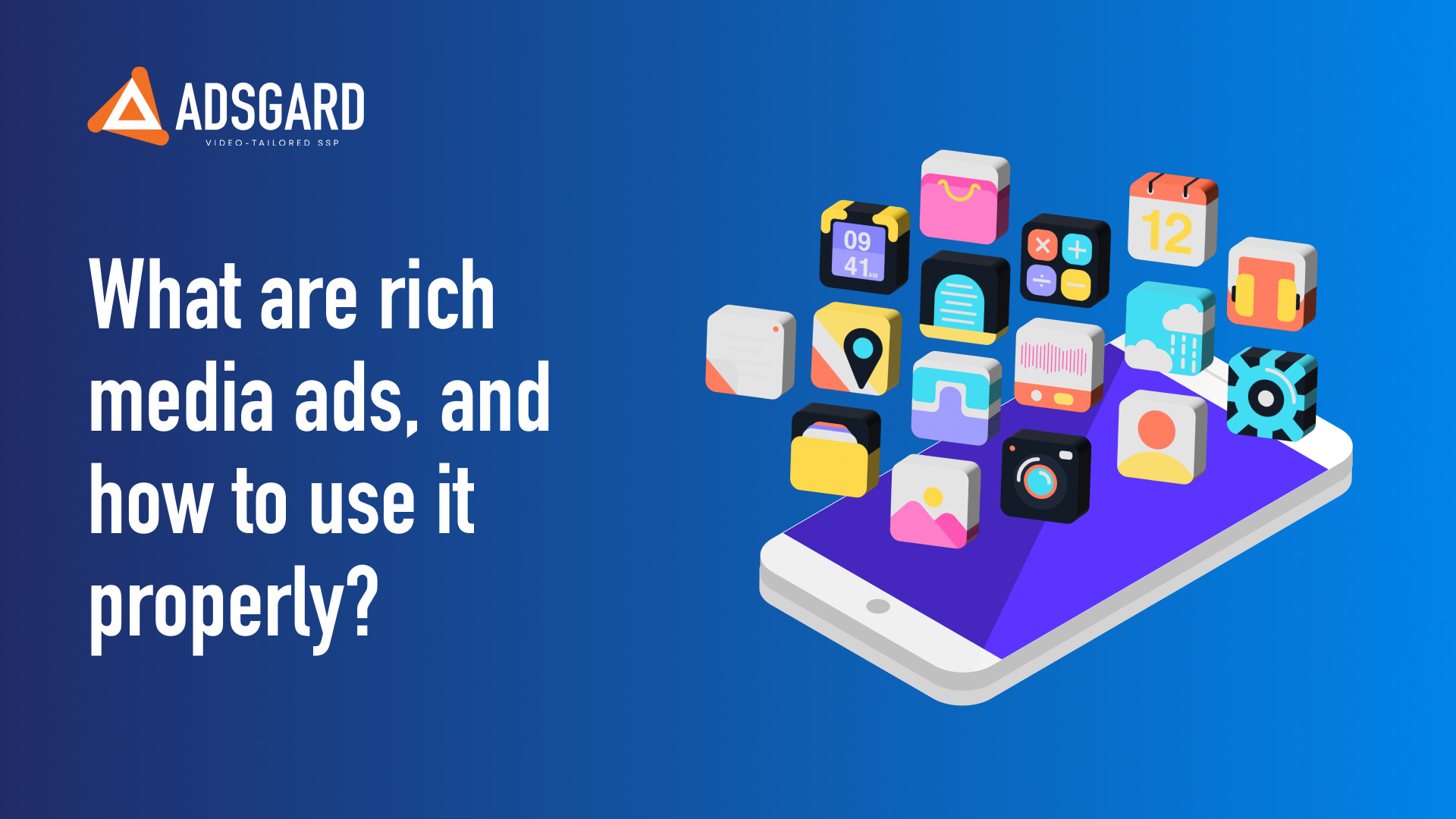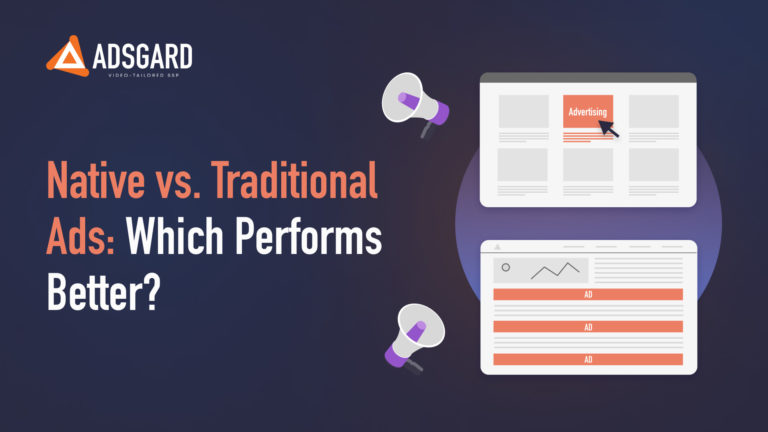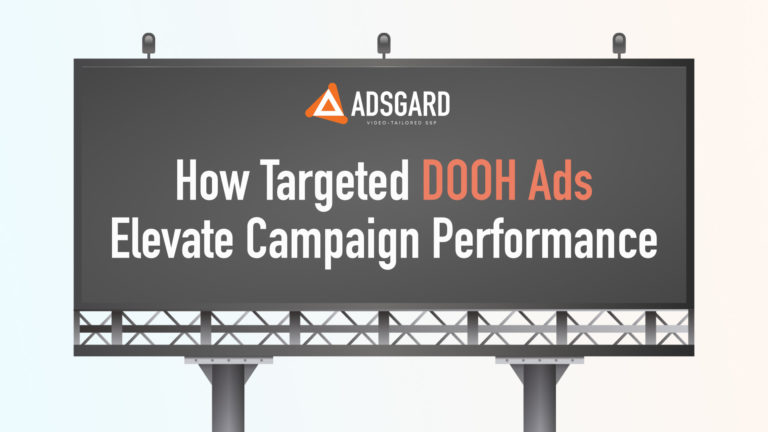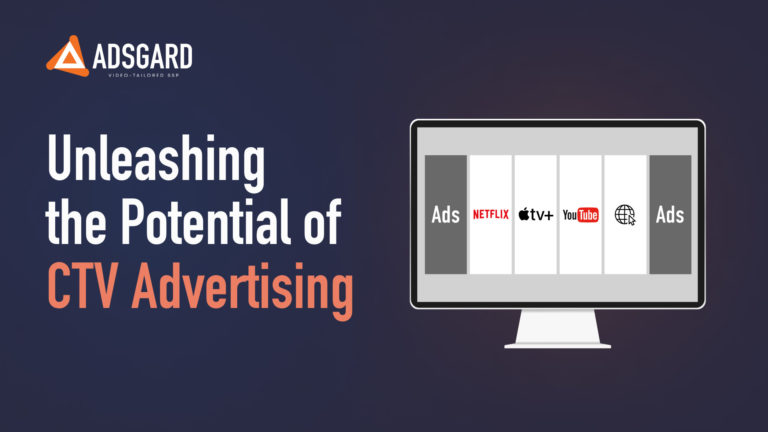
These days, it takes more than banners to attract online users. Moreover, the abundance of ads resulted in banner blindness. According to Infolinks, 86% of users experience it, and the situation is no better on mobile media – more than 50% of all ad clicks are accidental.
Naturally, both publishers and advertisers keep losing their profits. Is there a way out? One of the options is to use more complex and interactive forms of audio and video materials instead of texts and images. Recent statistics published by adobe.com shows that multimedia ad CTR is higher than the standard banner ad rates by an impressive 267%. You do need to take advantage of that!
What is multimedia advertising?
These interactive ads include multimedia functions such as video, audio, and animation, along with more traditional elements (text and image).
Rich media may contain the following interactive elements:
- Animation;
- Video;
- Sound;
- Games;
- User interaction options.
When you click on these ads, they “come alive.” The ad can change its size, move across the screen, rotate, etc. This creative type is rather complex, and to use its potential, you need to meet two requirements – a high-performance device and a fast internet connection on the user’s side.
Types of multimedia ads
Let’s have a look at the most popular rich media types:
Banners
They can be of two types – in-banner, located within the banner borders, and expandable.
- In-banner ads look like conventional banners with an interactive function, such as a slideshow, scroll-down, music autoplay, etc. These creatives don’t move and are always displayed in the same place, which makes it easier for users to ignore them.
- Expandable banners grow in size when clicked. For a few seconds, users see an animation; the image can flow and change its shape and size. Such an ad attracts attention much better than a static banner.
Interstitial ad units
Interstitials are full-page ad units displayed between the screens during the work on a mobile device. The best places to locate them are transition points, for example, before an app starts or a game moves to another level. It is an excellent solution for gaming apps. Imagine a user losing a challenge and pressing “try again” – this would be the moment to place an ad unit that can be closed only after a few seconds.
Lightboxes
These creatives combine images and video. Thanks to its ability to change in size, lightboxes expand when clicked and let users see the content in more detail and swipe the slides.
Lightbox ads only play the content after users click the banner or hold the screen with a mouse pointer or a finger for a few seconds in a particular area. It helps to reduce the volume of downloaded content and improves user experience.
In-Stream videos
TV has always contained a lot of ads, and people are used to them, so they are now used on online video streaming platforms, too. In-stream video ads are embedded into the clips selected by users. Usually, if a person has chosen a video to watch, they want to finish watching, which means that they will also watch the ads. YouTube, Facebook, news media, personal blogs, and other platforms often use in-stream videos.
Advantages of rich media for publishers
Why should publishers pay attention to multimedia ads? There are several good reasons:
- Possibility to sell your inventory for a higher price. Multimedia ads are more expensive than other types, especially static banners, which, on top of that, have a low CTR. By supporting multimedia ads, publishers can significantly expand the circle of potential advertisers and sell out their inventories;
- High CPM. You can sell advertisers more expensive ads and retain audience loyalty to your product.
In addition, rich media mean engaging ads, and users enjoy interacting with them. They are not annoying or intrusive and don’t spoil the digital product image.
Conclusion
Multimedia ads are one of the most rapidly developing formats of programmatic ads with a high CTR. They are gradually replacing old-fashioned static banners, which are often ignored. By providing the possibility to show rich media in their ad slots, publishers can increase the number of their partners (including the premium segment ones) and work with a more expensive programmatic format.



